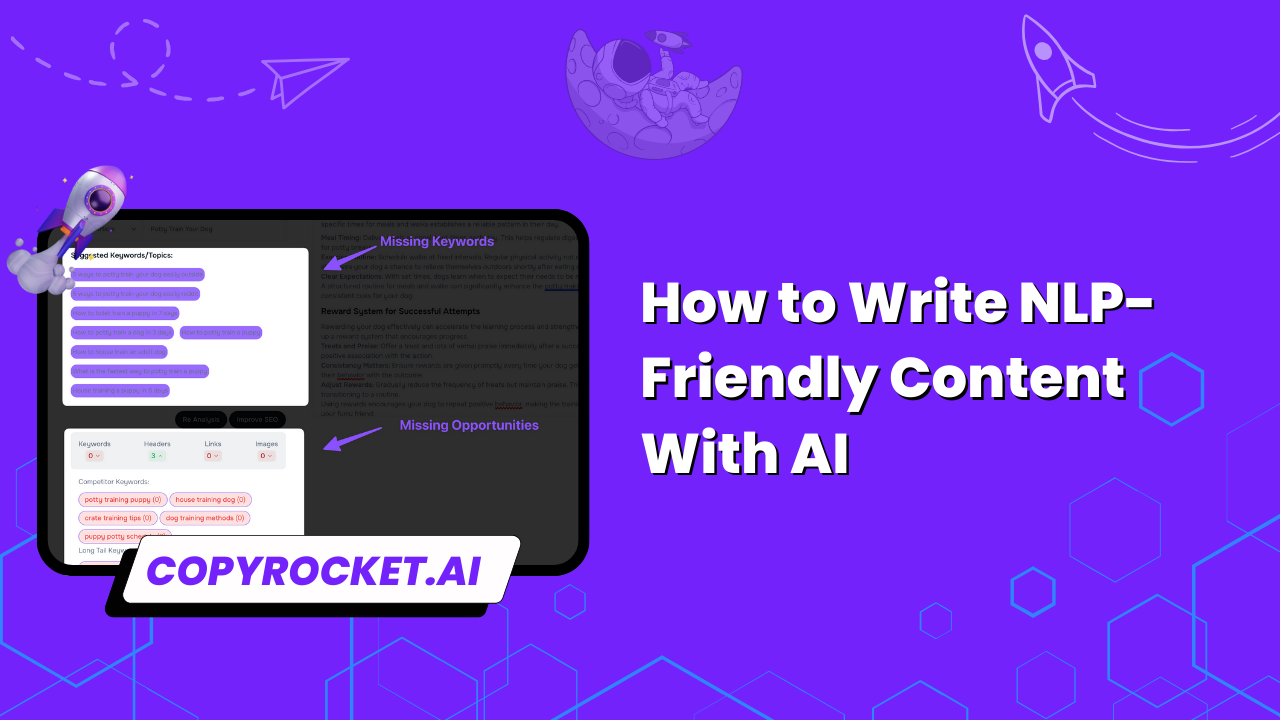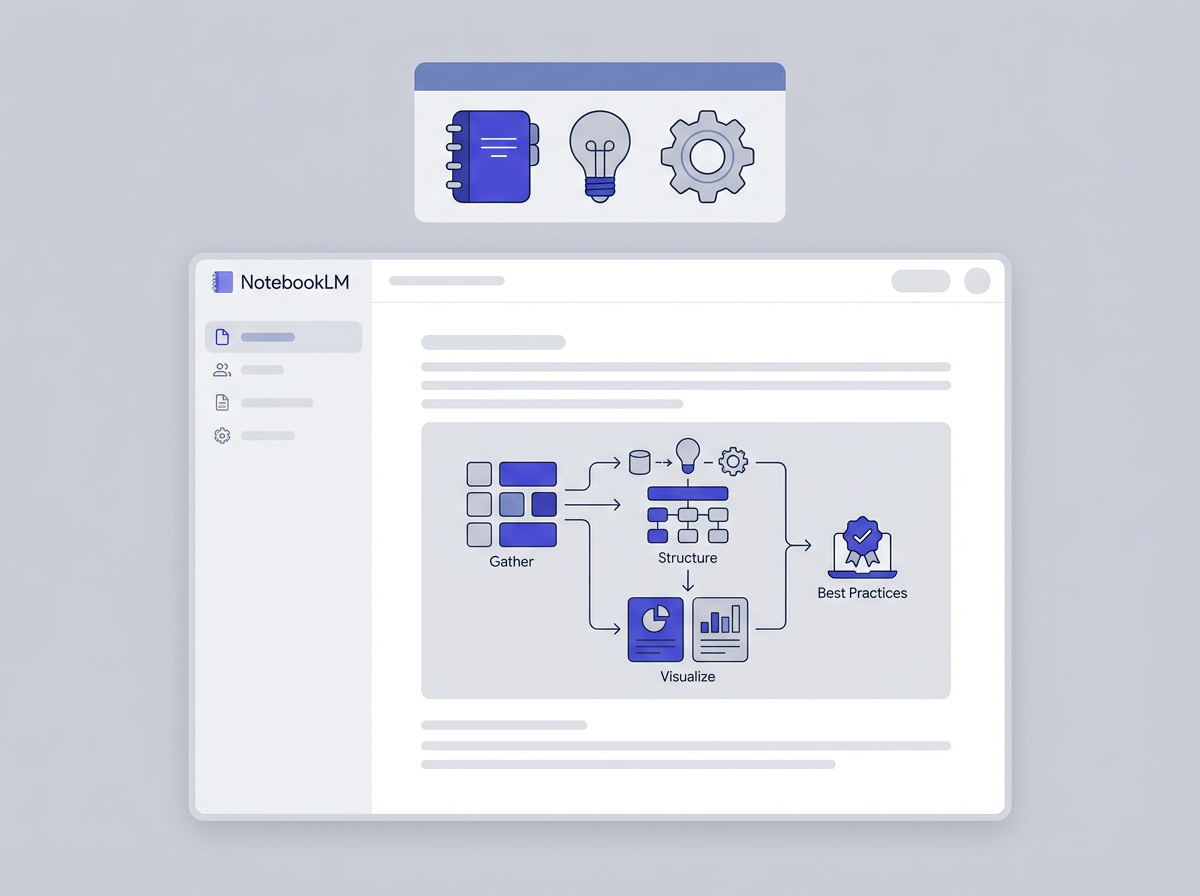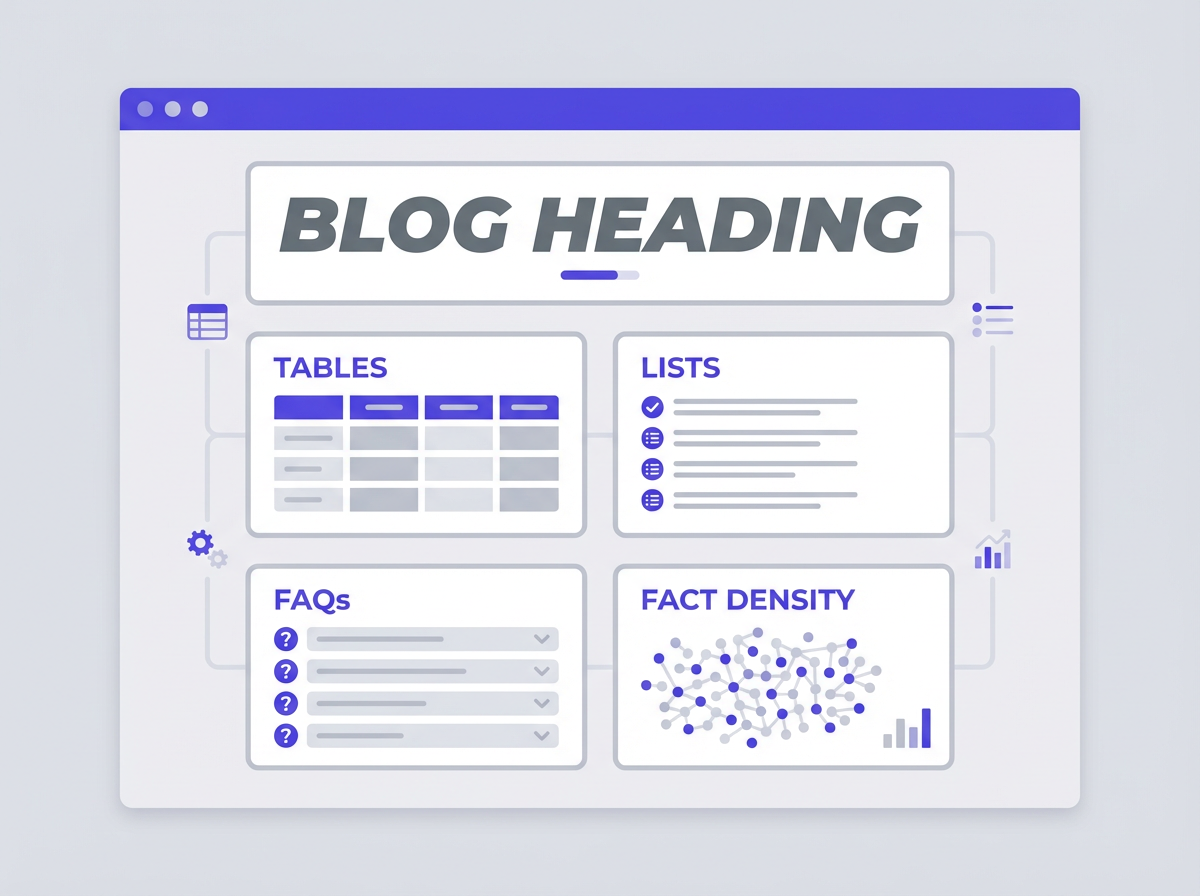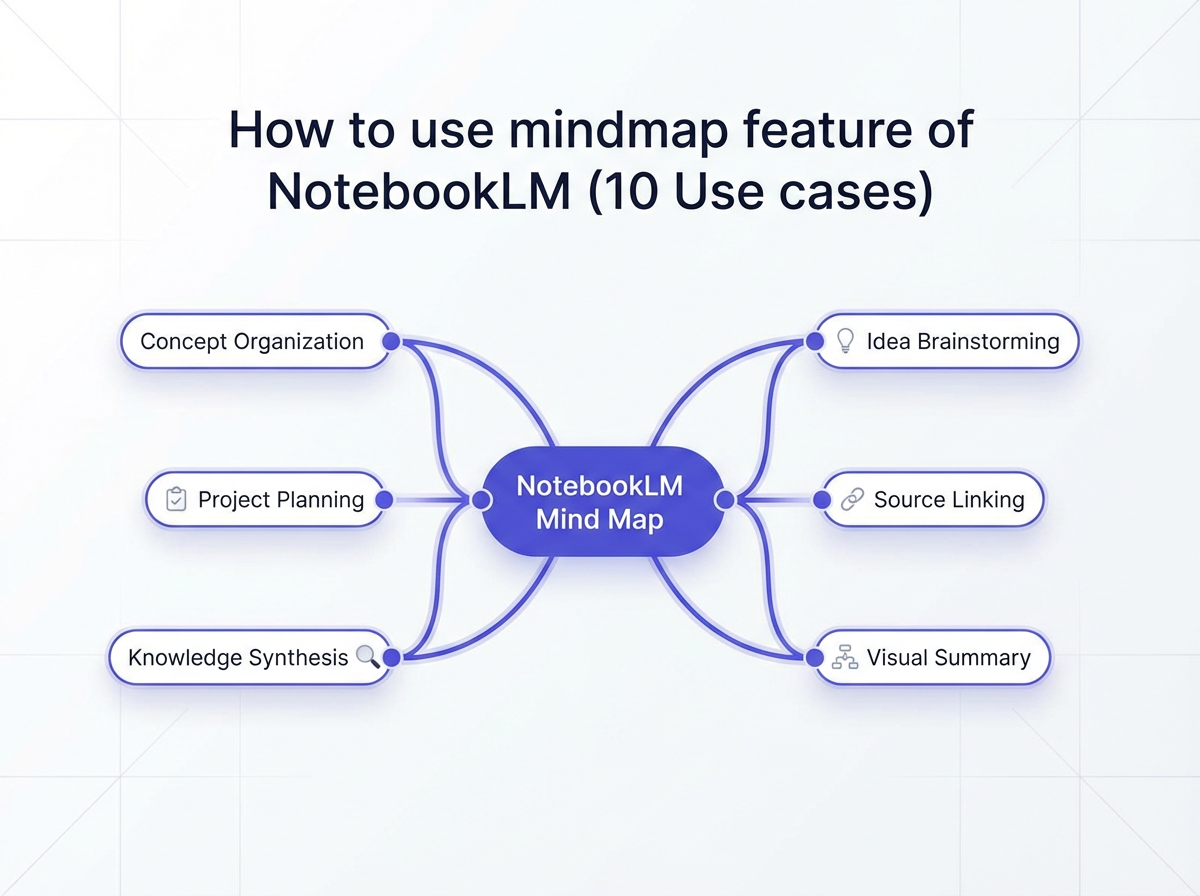Creating NLP-friendly content is essential in today’s digital age, where effective communication can make all the difference. This guide will walk you through using CopyRocket.ai’s AI editor to craft content that not only captures attention but is also optimized for natural language processing.
By leveraging AI tools, you can enhance the clarity and engagement of your writing, ensuring that it resonates with both human readers and machine algorithms.
Whether you are developing marketing material, educational content, or personal blogs, this approach will streamline your process and elevate the quality of your output.
Checkout our Free AI Tools;
- Free AI Image Generator
- Free AI Text Generator
- Free AI Chat Bot
- Free AI Insult Generator
- Free AI Speech Generator
- 10,000+ ChatGPT, Cluade, Meta AI, Gemini Prompts
What is NLP?
Natural Language Processing (NLP) is a branch of artificial intelligence that focuses on the interaction between computers and humans using natural language. It involves the ability of a machine to understand, interpret, and generate human language in a valuable way.
NLP is used widely in various applications such as virtual assistants, translation services, and content optimization tools.
While crafting content for NLP, it is important to ensure that it is straightforward and accessible, maximizing the content’s relevance and effectiveness for both human readers and AI systems.
Let’s explore some examples to understand how to create NLP-friendly content.
Examples of NLP-Friendly Sentences
- NLP-Friendly: “The weather today is sunny and warm, perfect for a picnic.”
- Non-NLP-Friendly: “It’s bright and cozy outside today, ideal for that outdoor thing people do.”
- Decoding: The NLP-friendly version uses clear and specific terms, making it easier for AI to process.
- NLP-Friendly: “Order pizza through our app to enjoy a discount.”
- Non-NLP-Friendly: “Grab your phone, get the app if you haven’t already, and enjoy some cheesy goodness!”
- Decoding: Direct language in the NLP-friendly sentence ensures the message is straightforward for interpretation by AI.
- NLP-Friendly: “Dogs require regular exercise for good health.”
- Non-NLP-Friendly: “To keep them fit and happy, take your furry friend out a lot.”
- Decoding: The clearer structure and directness improve the sentence’s comprehensibility for AI.
- NLP-Friendly: “Contact our support team for further assistance with your account.”
- Non-NLP-Friendly: “Hit us up if you’re having trouble doing whatever with your account.”
- Decoding: Specific instructions and formal language enhance the content’s clarity for machine understanding.
- NLP-Friendly: “The book is available in hardcover and paperback editions.”
- Non-NLP-Friendly: “Sure, you can grab that novel in the tough or soft cover.”
- Decoding: Precise terms and format in the NLP-friendly example facilitate easier parsing by AI systems.
Why is NLP Friendly Content Important?
In an era where digital information is abundant, crafting content that aligns with natural language processing (NLP) is crucial for both reach and relevance.
NLP technology helps search algorithms understand and interpret human language, making your content more accessible and discoverable.
By writing with NLP considerations, you ensure that your message resonates clearly with readers and is prioritized by search engines.
Below are the key reasons why NLP-friendly content is indispensable:
- Enhanced Search Visibility: Algorithms favor content that adheres to NLP principles, improving your chances of ranking higher in search results.
- Better User Experience: Writing in a manner that reflects how people naturally communicate makes your content more relatable and easier to understand.
- Increased Engagement: Content optimized for NLP attracts more interaction, as it aligns with the needs and expectations of your audience.
- Improved Accessibility: Ensuring clarity in language benefits a wider range of users, including those who rely on assistive technologies.
- Future-Proofing Content: As NLP continues to evolve, having content structured around these principles keeps it relevant and adaptable to technological advancements.
The Evidence
How to Write NLP-Friendly Content With AI
Creating content that is both engaging for readers and optimized for Natural Language Processing (NLP) doesn’t have to be difficult. By utilizing the innovative features of CopyRocket.ai, you can streamline your writing process and produce high-quality content with ease.
This guide will provide step-by-step instructions on how to harness CopyRocket.ai to craft NLP-friendly content that resonates with both humans and machines.
Step-by-Step Instructions
- Create an Account: Visit app.copyrocket.ai and sign up for a free account. You’ll receive 1,000 credits to get started.
- Access the Dashboard: Log into your account and click on the dashboard icon to navigate your user interface.
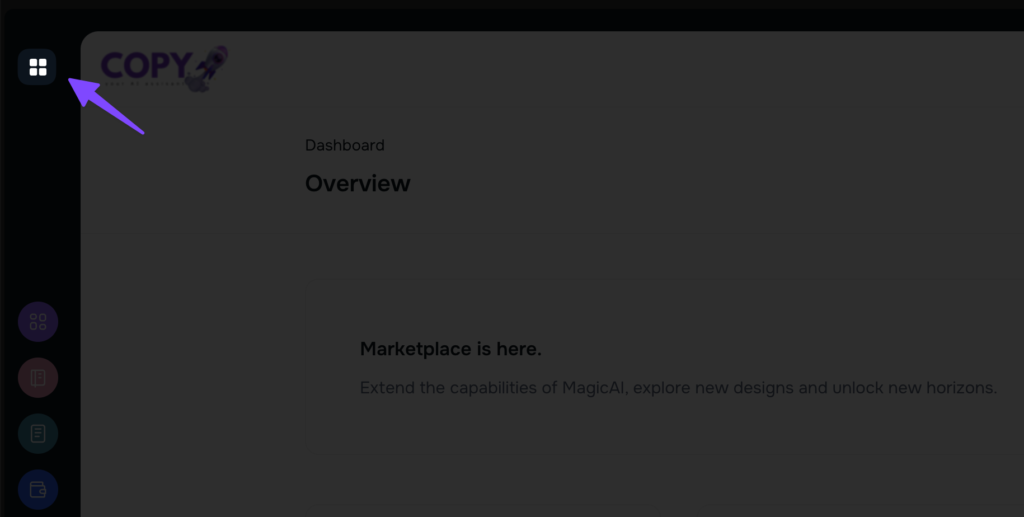
- Open the AI Editor: From the menu on the left, select the AI Editor option to begin working on your content.
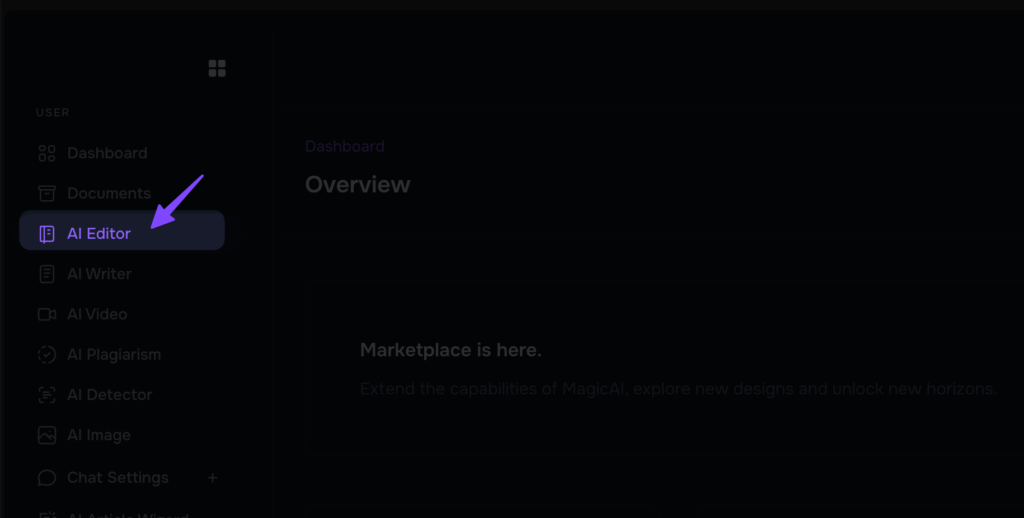
- Start a New Document: Click on “Custom Content Here” to open a new document.
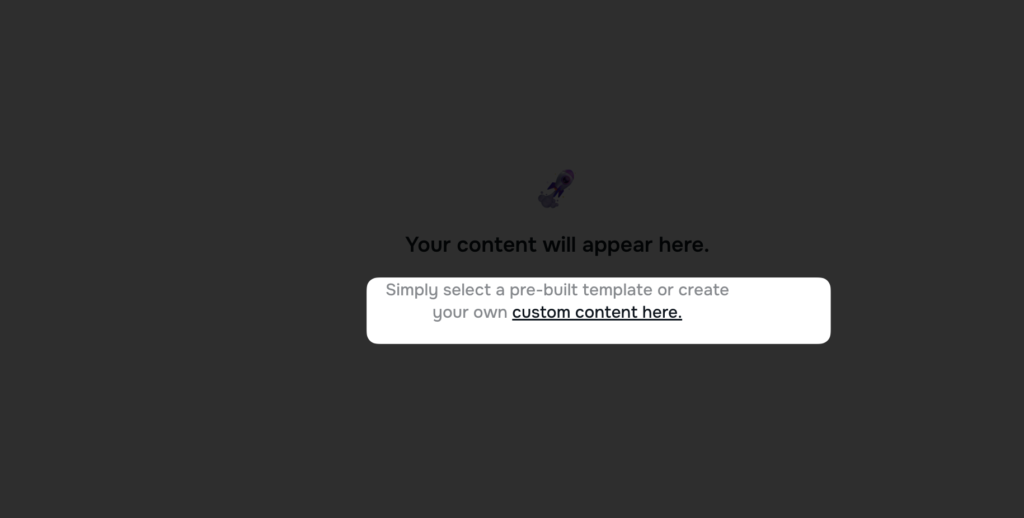
- Write the Blog Title: Begin your document by writing the blog title as an H1 header, setting the stage for your content.
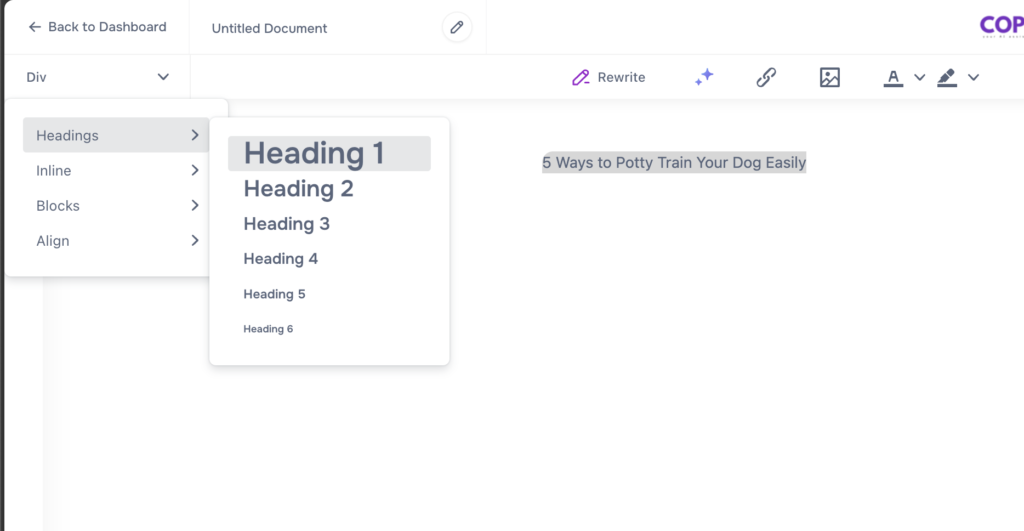
- Generate Content: Using the chat box, type what you want to generate. For example, write “write introduction paragraph” to allow the AI to scan previous content and generate an NLP-friendly introduction.
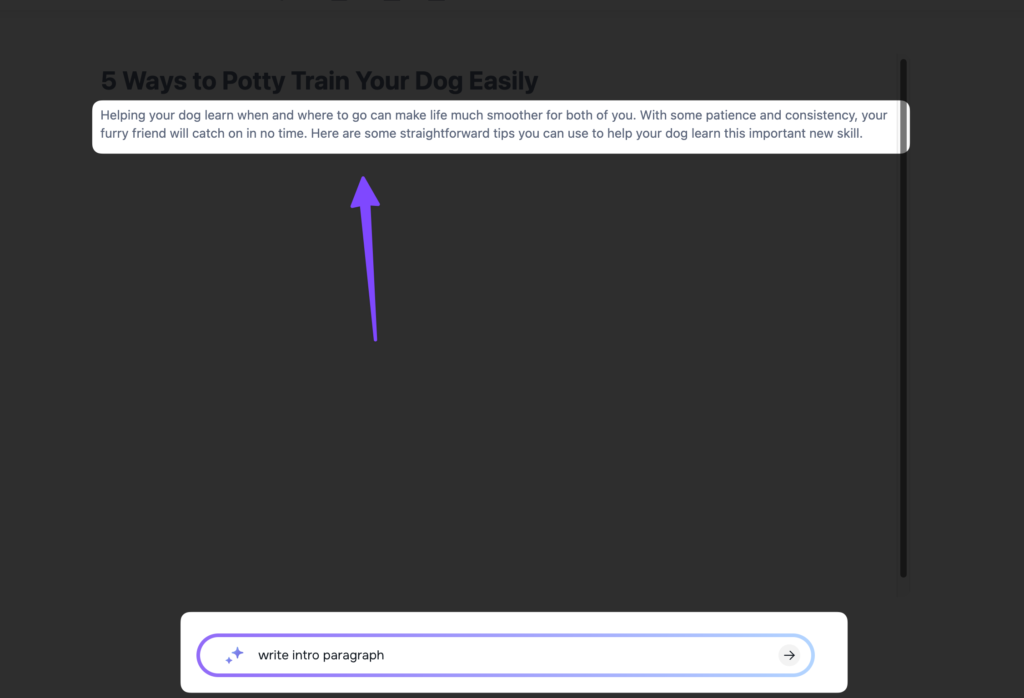
- Add Content Sections: Create additional sections by using H2 headers and beyond as needed. This structure improves readability and alignment with NLP principles.
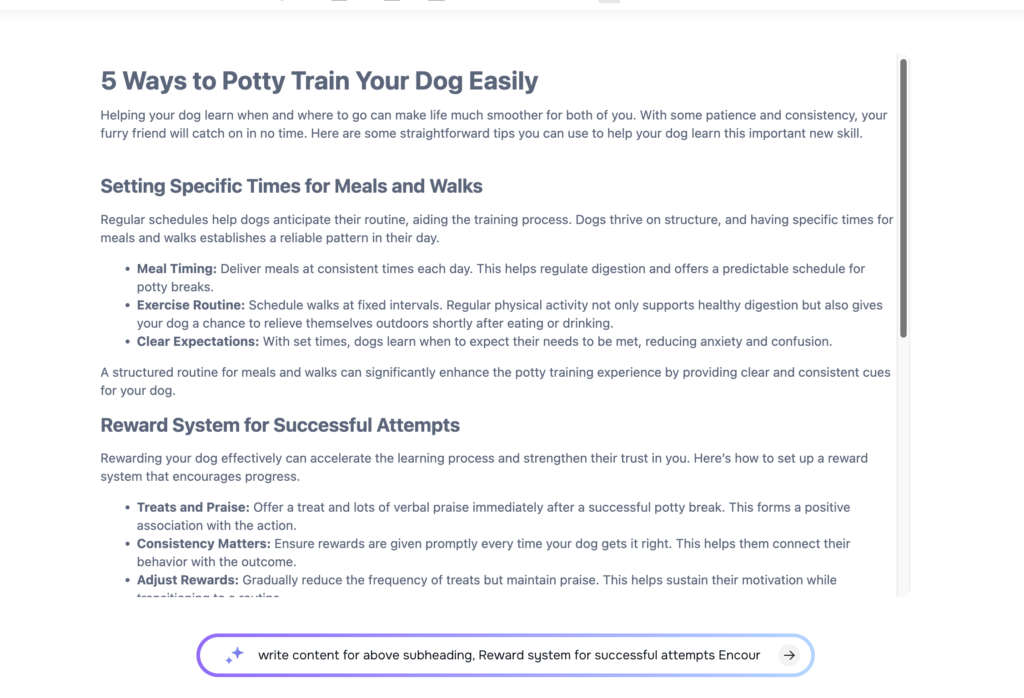
- Utilize Templates: Explore available templates on the left panel for generating an outline or specific content ideas, helping you organize and enhance your document efficiently.
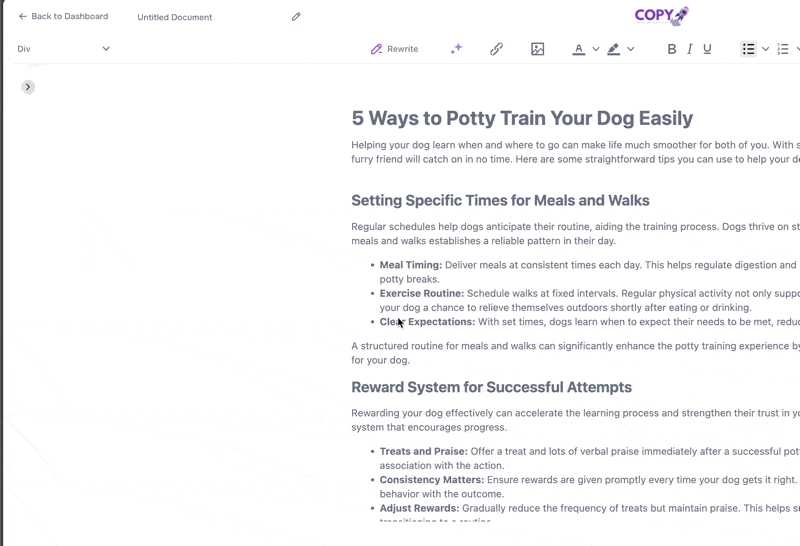
By following these steps, you can effectively create structured, NLP-friendly content that captures attention and engages readers while being easily interpreted by AI systems.
How to Optimize your Content For SEO
Optimizing your content for SEO is a crucial step in ensuring your content is both discoverable and impactful in search engine results. By leveraging our SEO tool, you can identify and capitalize on keyword opportunities.
Step-by-Step Instructions
- Create Your Content: Use the steps outlined in the previous section to draft your content within the AI Editor.
- Access the Dashboard: Once your content is ready, head back to your main dashboard by clicking the dashboard icon.
- Select the SEO Tool: From the dashboard, locate and click on the “SEO Tool” option to proceed with optimization.
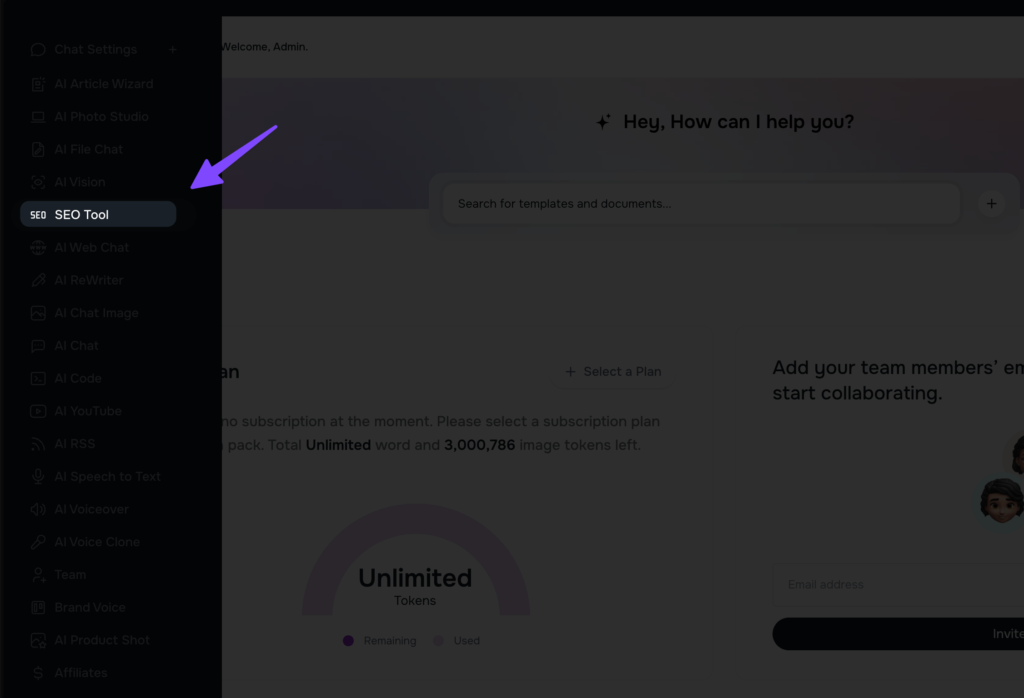
- Paste Your Content: In the SEO tool interface, paste the entirety of your prepared content into the provided field.
- Enter the Keyword: Specify the keyword you wish to optimize your content for within the appropriate box.
- Analyze: Click on “Analyze” to initiate the process. Our proprietary technology will evaluate search results for the selected keywords and highlight any missing keyword opportunities.
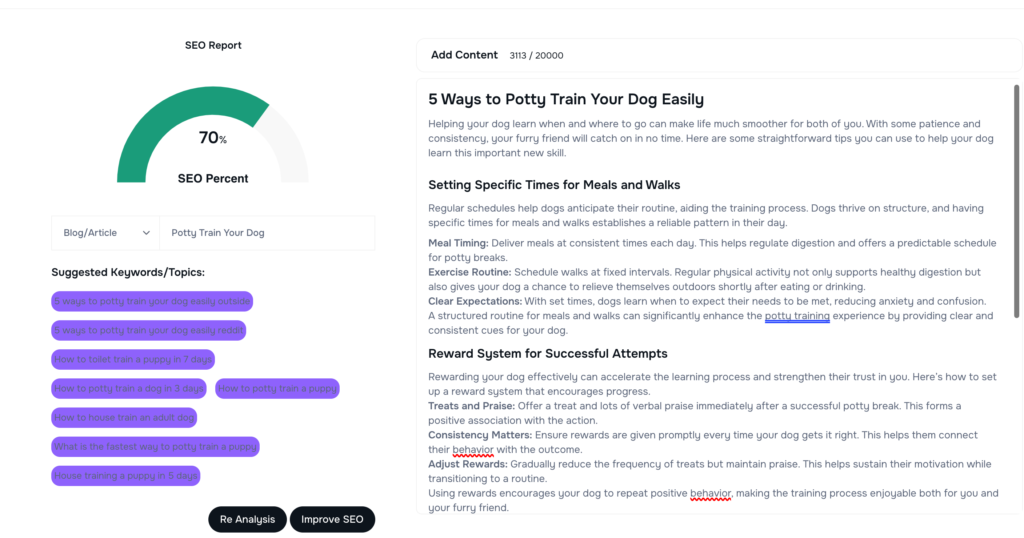
- Review the Output: Examine the feedback provided, which will detail areas for improvement to enhance keyword density and relevance.
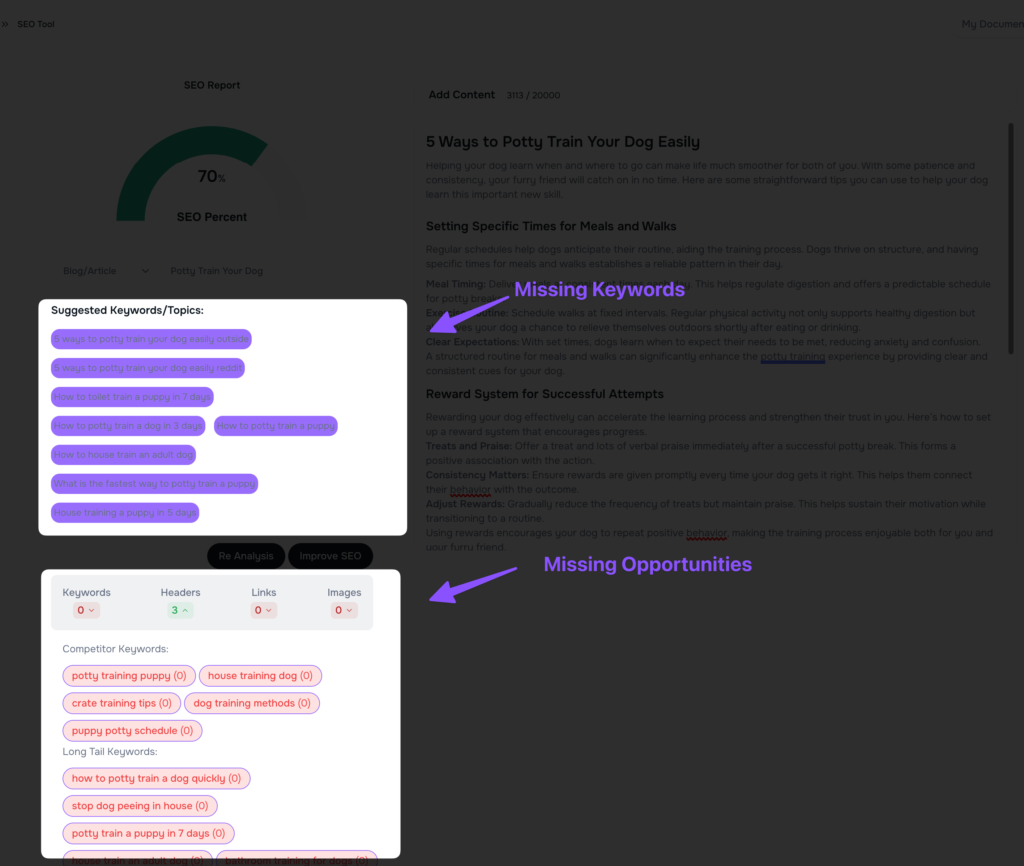
- Revise Strategically: Revise your content based on the tool’s insights, ensuring you integrate missing keywords naturally and effectively.
- Write Automatically: If you want to improve content, then you can click on “Improve SEO” button to magically create your content based on your tone.
By following these steps, you can boost your content’s visibility and effectiveness through strategic keyword optimization.
Final Thought!
In today’s digital landscape, creating content that is both engaging for readers and easily interpreted by AI is more vital than ever. By emphasizing Natural Language Processing (NLP) principles in your writing, you can significantly enhance your content’s visibility, accessibility, and relevance.
Utilizing tools like CopyRocket.ai helps streamline the process, ensuring your messages resonate effectively with human audiences while aligning with the ever-evolving demands of search algorithms.
With the supplementary benefits of SEO optimization, your content not only reaches more people but also maintains its prominence in a competitive online ecosystem. In implementing these strategies, you’re setting the foundation for content that is both impactful and future-proof.


